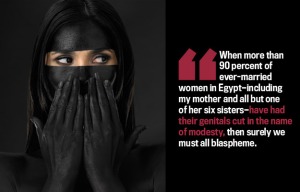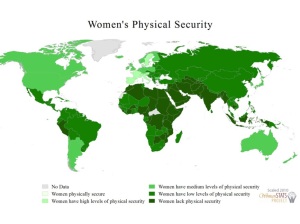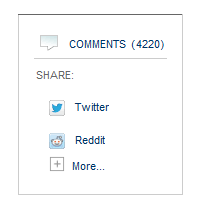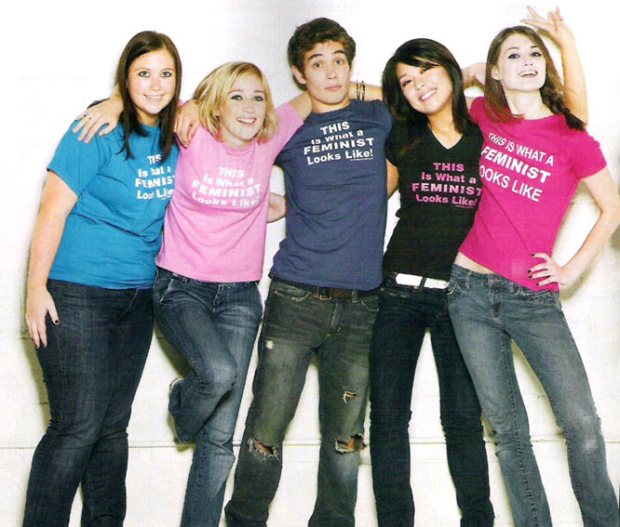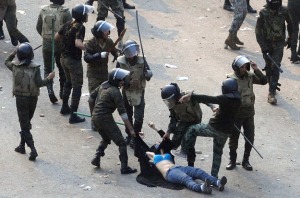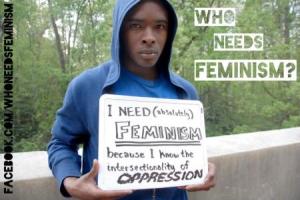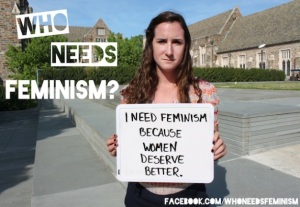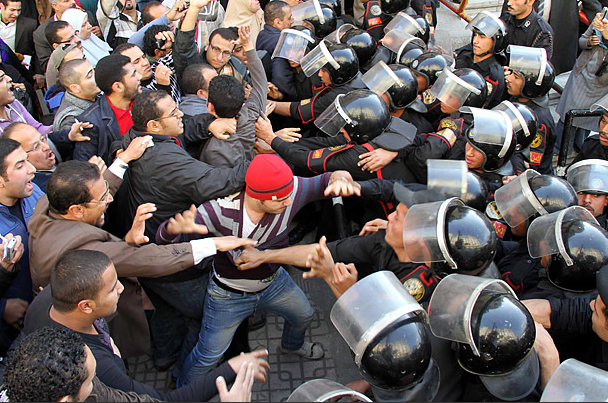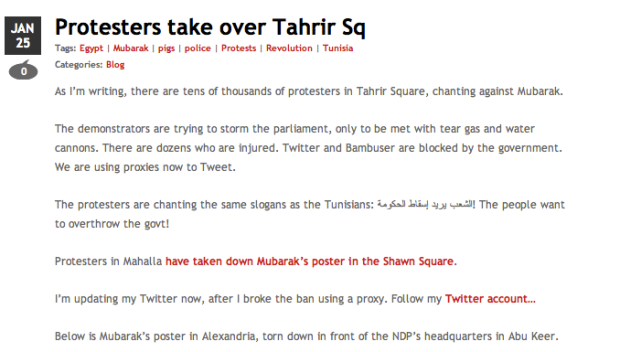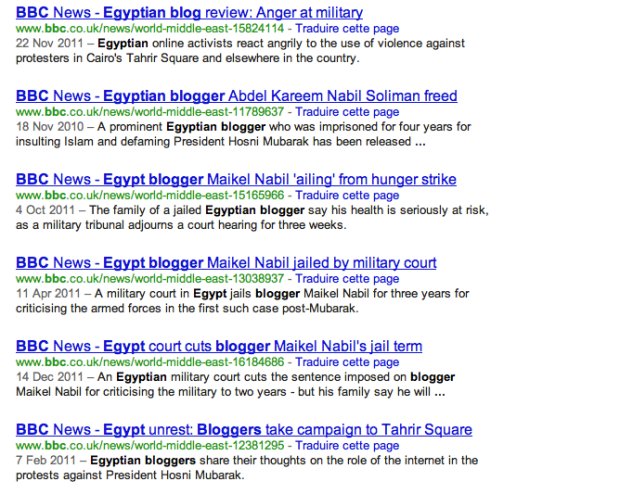Posts Tagged Blogs
Internet : A voice to feminist journalists
Posted by fsator in Uncategorized on November 26, 2012
Internet definitely changed feminism. You don’t need to be Simone de Beauvoir or some kind of Jeanne d’Arc to be a feminist writer.
If before women were struggling to defend their rights, today the situation is completely different. It is way simpler to sit behind our screen to write and post our opinion on gender inequality.
February 1971; Swiss women have the right to vote. Thanks to hundreds of women who fought for it finally a women has a voice. But that doesn’t mean inequality collapsed. Not at all. Women continued to fight for a lot of other things (abortion for example) in very different ways (riots, books, add…). Until internet appeared… Feminist had a new wide range of communication. Thankfully internet is a good guy, it doesn’t make any distinction. Let’s face it ; internet opened new doors for us. I thought it would be interesting to see those new communication tools, internet offered to feminist. What would feminism have looked like without internet? Surely not like this…
 Websites as a voice for feminism:
Websites as a voice for feminism:
Feminism is not about shouting “men are jerks, women are better”.
Mona Eltahawy, a feminist journalist, fears an autumn for women after the Arab Spring. She uses internet to post article on a foreign policy website to reveal the conditions of women in the Arab world. All right we already knew that women weren’t treated like this:
In her article “why do they hate us”, Mona Eltahawy denounces
“Until the rage shifts from the oppressors in our presidential palaces to the oppressors on our streets and in our homes, our revolution has not even begun”
No doubt that without internet her article would never have been published in an Arab country.
I can’t imagine this picture in the Egyptian libraries or walls:
On the same website we can also look at a map where we can discover the countries where it is less secure to be a women:
If it wasn’t on internet, this map wouldn’t have been published in a book or maybe in some of them. But as we can see there are no countries where women are considered physically secured.
But Mona Elhatawy article and those maps brought many feedbacks on social networks. As we can see here is how the articles have been commented:
A very encouraging result…
Blogs: Another voice to feminism
All right, you don’t work for a huge online newspaper. That is fine; internet permits you to have a…blog!
And there are so many blogs, so many feminist writing about their experiences or expressing their opinion that making a selection was really hard.
But I managed to rank those blogs by preference:
– Feministing:  Yes feminist but also actual! It is like reading your newspaper in a feminine version. For example on the 14th of November, America is talking about the “women triangle” that shook the CIA. Well feministing is going to give you the other version “a CIA director who cheated on his wife”. And not the other version, “the women who disturbed CIA”
Yes feminist but also actual! It is like reading your newspaper in a feminine version. For example on the 14th of November, America is talking about the “women triangle” that shook the CIA. Well feministing is going to give you the other version “a CIA director who cheated on his wife”. And not the other version, “the women who disturbed CIA”
Yes Feministing is definitely a blog to read in the morning while taking your breakfast.
– Echnide of the snake: what a weird name for a blog. The blogger started it in 2003 and it mainly reflects what happen every day in the women world. For example we discover an article about an Irish woman who died after being denied abortion.
– Viedemeuf:  “chick life” in English, is a blog written by every woman who witnessed a sexist event or something that surprised her in her life. Owned by the group “osez le feminsime” it gives the opportunity to citizens to rule the blog. For example Helen, a blogger, says:
“chick life” in English, is a blog written by every woman who witnessed a sexist event or something that surprised her in her life. Owned by the group “osez le feminsime” it gives the opportunity to citizens to rule the blog. For example Helen, a blogger, says:
Today in Walt Disney’s bathroom I saw a man cleaning his baby; why are they baby equipment only in women’s bathroom?
This was just an extract among every other blogs you can find. Feminist journalism exists, but also anti-feminism journalism. But I am not going to give you any links…I am not going to do any advertisement for the enemy!
Videos : 3 minutes to say “yes to feminism”.
The good thing about a video it is that you can hear people talking, see them acting and get the message easily.
It might be easier to be funny through a video than a text… Not for everybody of course but a group of young people succeed at being very funny through their videos.
It came from a simple idea: what if we exchanged our roles? Let’s put a woman in the shoes of a man for 2 minutes, make her act like a man and see what it looks like. Well the result is pretty hilarious. Judge by yourself:
“Osez le feminism”, in English “dare feminism” are hundreds of feminist militants who come together to fight for women rights. Videos are just a small part of their work; they have a serious website, with serious event and serious people.
Pictures: A simple and quick voice to feminism
Ever wondered what a feminist looked like?
Or
I bet you want to have the same! Here is a website where you can buy it: The feminist T-shirt
Let’s take a look at another kind of pictures:
Some of them are worth a thousand words.
Sixteen women of Professor Rachel Seidman’s Women in the Public Sphere course at Duke University decided to put words and pictures together. On their blog Who needs feminism.
They post pictures of people from all over the world who explains why they need feminism for.
Children, man, woman, from all generations come all together to say why feminism is important.
Here are some pictures:
Social networking: the newest voice to feminism
Twitter, facebook ect… who didn’t hear about it? If you are not on twitter or facebook that is fine, but if you don’t know what the hell we are talking about, I am going to ask you “how are you reading this from Mars?!”.
And those tools are definitely excellent tools to spread a message.
The facebook group “Feminism” and”feminist frequency” organizes events, and tells us all about feminism and women in the world. “Liking” one of these pages allows all your facebook friends to know that you are feminist or like what the group does.
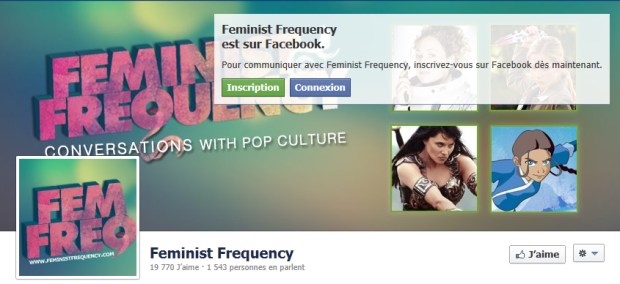 And we have feminist twists that we can follow! “Feminist” hulk is an amazing feminist twitter profile that I love to follow because it is hard not to laught!
And we have feminist twists that we can follow! “Feminist” hulk is an amazing feminist twitter profile that I love to follow because it is hard not to laught!
Thanks to twitter feminism is now following you!
*We need feminism to do our duty as women, mothers, employees or simply for not being judged…we don’t need to be perfect (translation of the twitt)
If after all this you think that they are not enough messages and expression for feminism, I don’t know what to add to convince you. We can’t deny that internet changed the way we live. Everyone has a voice. The only thing you need is a computer and the wifi.
Dear internet, Mozilla, google, facebook, twitter ect… thank you for being awesome feminist friends!
How citizen journalism landscaped the Egyptian Uprising
Posted by sarabandelier in Uncategorized on November 25, 2012
Ever heard of Wael Ghonim, Ramy Raoof, Alaa Abdel Fattah, Manal Hassan, Mahmoud Salem or Hossam El-Hamalawy? Those are just a few names amongst many bloggers, cyberactivists and citizen journalists who shaped the Egyptian Revolution and traditional media landscape. The world made them famous during and after the 18 days of the Egyptian Uprising. This article will give you a glimpse at the role these citizen journalists played during the Revolution, but also in Egypt in general. Sara Bandelier
If you want to free a society just give them Internet access – Wael Ghonim
Since the 1950s, Egypt’s state media has been owned and controlled by those who govern. From Nasser to Mubarak, national media had only covered stories they were told to cover and showed a unique perspective promoting the presidential regime. Traditional media then meant propaganda.
The Internet wasn’t slow in sweeping the dusty media landscape in Egypt. On the contrary, Egyptian citizen journalists were training and learning from those new technological tools long before the 2011 Revolution.
The Kefaya movement in 2004, the April 6th movement in 2008 and the October 9th Maspero protest in 2011 shaped the way Egyptian citizen journalism would have an impact on a national and international scene. From learning how to use ghost servers to street reporting, Egyptian activists were ready to attract the attention of millions of people and challenge the regime.
It’s the new media, the people’s media, that exposes the truth – Hany Shukrallah, editor of Ahram Online
The Egyptian cyberactivists and citizen journalists took upon themselves to show the world the true face of Egypt’s political and military regime. A face that violently silences the voices of those who seek change, who question Egypt’s regime and who fight for their rights (see We are all Khaled Said Facebook page).
Facebook gave them the possibility to organize street protests and connect people with similar opinions, Youtube promoted video footage filmed by citizen journalists. These videos were then relayed by traditional medias. Twitter helped coordinate protests and reach international media by recording the activities and events during the uprising.
There is a burgeoning movement for press freedom in Egypt – Sharif Abdel Kouddous
On the one hand, there was controlled state-media. On the other, the openness of Internet. With those two components, citizen journalism could only play a big role in such a Revolution. Not only for nagging the authority, attracting the attention of international media, or Egyptians. Citizen journalism had a role to play given the challenges professional journalists had to face when trying to do their work.
You might ask yourselves, as I did, how can a citizen journalist outrun a professional journalist?
You’re in an angry street filled with protestors who do not have a very good opinion of traditional media. A square where the police and military are watching all of your moves and ready to attack you. You are there, with your camera, a microphone and all those other little things journalists need, trying to interview people and film the event… not very discreet!
Laurent Burkhalter, a Swiss TV journalist, recounts how a mob turned against his camera man and himself in the Choubra district of Cairo, one week after the demonstrations had started. ” For many days, the state TV had been saying that foreign journalists were in fact Israeli spies in disguise and agitators. The crowd accused us of being precisely that and despite our attempt to reason with them, they attacked my camera man, injuring him and breaking his camera.”
What could professional journalists do then? Well, there weren’t a lot of options left. Either acting as Al Jazeera did when the police shut down their offices: abandon their cameras and blend in the mass. Or, film from an apartment building.
What would you rather want to see when seeking for news about the uprising? Footage and pictures of citizen journalists who are in the crowd or footages taken by professional journalists who need to stay locked up in an apartment? The answer was clear for some professional journalists who increasingly relied on amateur materiel.
“Many foreign journalists were attacked, but taking risks is part of their job. The people who really risked their lives were the citizens who demonstrated while filming, or not, against their regime”, says Laurent Burkhalter.
As Hossam El-Hamalawy said “[egyptian] newspaper journalists would cite bloggers who posted the videos, thus absolving themselves of direct responsibility for the story. Alternative media is used by the traditional media so the news can reach tens of millions of people in this way”.
Seeing the importance of citizen journalism, activists came together to build up citizen media collectives that would teach people how to use their phones to record and photograph the uprising. Mosireen and Rassd News Network (RNN) are the two major citizen journalism collectives. They collected the videos and pictures, fact-checked and formatted them before publishing them online.
For you to judge the effectiveness of such a work, below is footage edited by two members of the Mosireen collective: Cressida Trew and Aida El Kashef.
“[…] the Mosireen activists staged a series of public screenings of video that challenged official accounts of clashes, like the claim that the security forces only used force against “thugs”, not peaceful protesters“. More than showing the truth, the citizen journalism collectives aimed to pave the way for the state egyptian media to follow.
However, I wondered how could one know whom to trust or not? Indeed, the risk of manipulation is great. “In conflict, the first casualty is always truth. Both sides try to gain the upper hand through false information, both offline and online. For example, there were constant rumors in Cairo that Mubarak had left the country during the Revolution, before it was over”, says Laurent Burkhalter.
Journalists moved cautiously in such a rumor prone environment. One day, according to Laurent Burkhalter, “the foreign press in the hotel lobby was talking about a massive shipment of live ammunition that supposedly had just arrived in town, and that the army was going to use it on the demonstrators. So we just did our job, talking to as many different people as possible, cross referencing every assertion”.
The beauty of online information is that it is immediately cross checkable. The mass of bloggers coinciding with the same version of events gave a clear, credible narrative of the revolution.
When us bloggers began to post videos, that gave courage to traditional journalists to cover the story as well – Hossam El-Hamalawy
In just a few words, Hossam El-Hamalawy shows us how citizen journalism didn’t just cover the Egyptian uprising. Neither did it only aim to show the truth. Citizen journalism proved that freedom of press and expression was possible, thanks to the Internet.
Even when the government shut down access to social media, nothing stopped the Egyptians. As Wael Ghonim said on the Travis Smiley Show, “it made us think we are stronger. Many Egyptians also moved down in the streets on January 28th because the internet was closed”. Citizen journalists, bloggers and cyberactivists drew so much attention that the world was at their feet. It needed the information and had to support the movement. Unprecedented help came to the Egyptians to get them Internet and mobile access.
Internet gave the feeling that others cared about what is happening – David Keyes
That is a quote I could not agree with more. This feeling gave the Egyptians the courage they needed to be active online, and therefore attract dozens of thousands of people who would then have the courage to brave the Egyptian government offline.
Combining the online and offline activism is what led them to win their battle. Citizen journalism gave them the possibility to open our – everyone’s – eyes, to see the truth, to understand the battle and to grasp the importance of freedom of press and speech. The active role of citizen journalism during the Egyptian Uprising showed national media that their role wasn’t propaganda but saying the truth!
Wael Ghonim explaining the 2.0 Egyptian Revolution at the TED conference.
The amount of videos, interviews, posts and news relayed by international media proves the major role citizen journalists played during the Egyptian Revolution. Not a single media hasn’t mentioned the faces of those cyberactivists: BBC, Washington Post, Al Jazeera, New York Times, The Guardian, Radio Télévision Suisse, you name it, have all fed on their stories and posts.
I am convinced citizen journalism had its role to play during the Egyptian Uprising, and still has a lot to do today to continue its goal in shaping a new landscape for traditional egyptian media.
Tell me, what kind of role do you think citizen journalism played during the Egyptian Uprising? And, how do you think the Egyptian Revolution would have turned out without citizen journalism?
To conclude, here’s a video that has been widely spread on Youtube, Facebook and on News channels.


